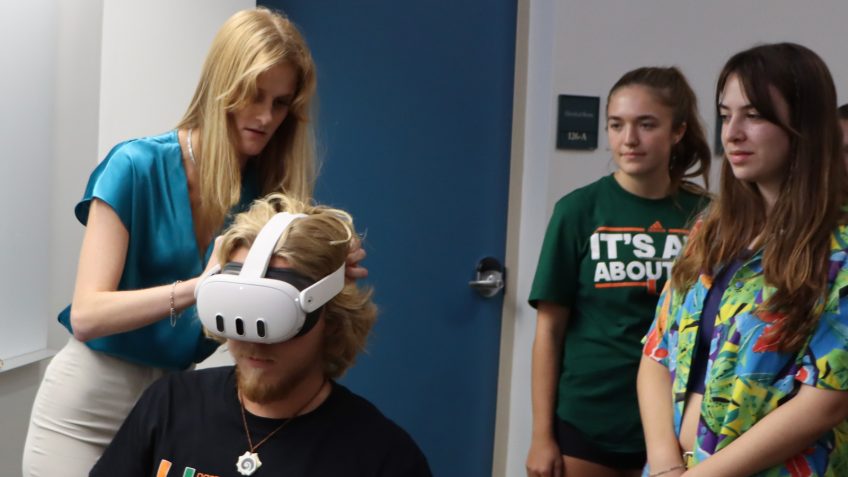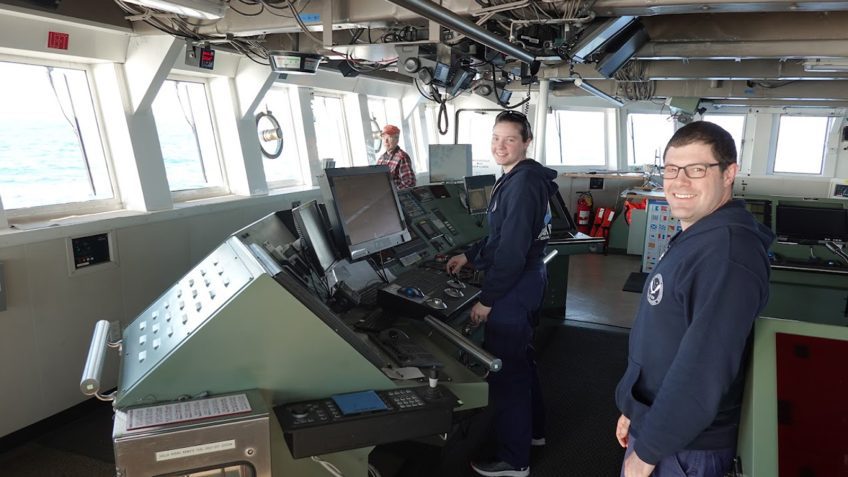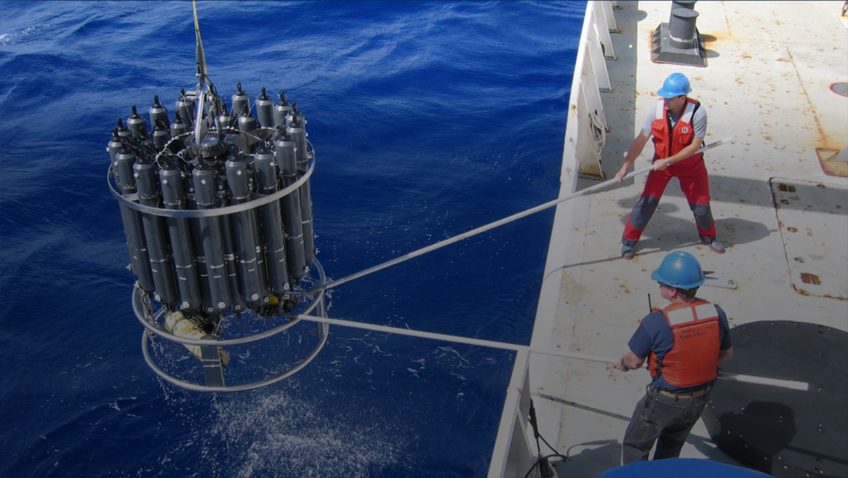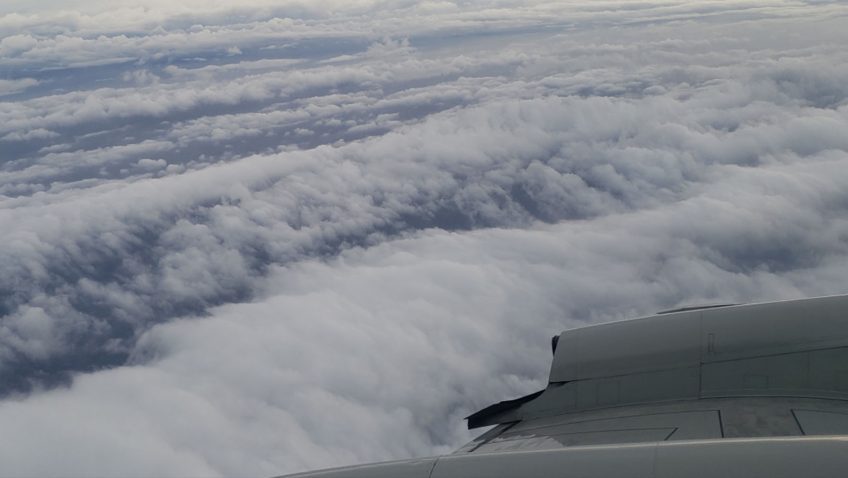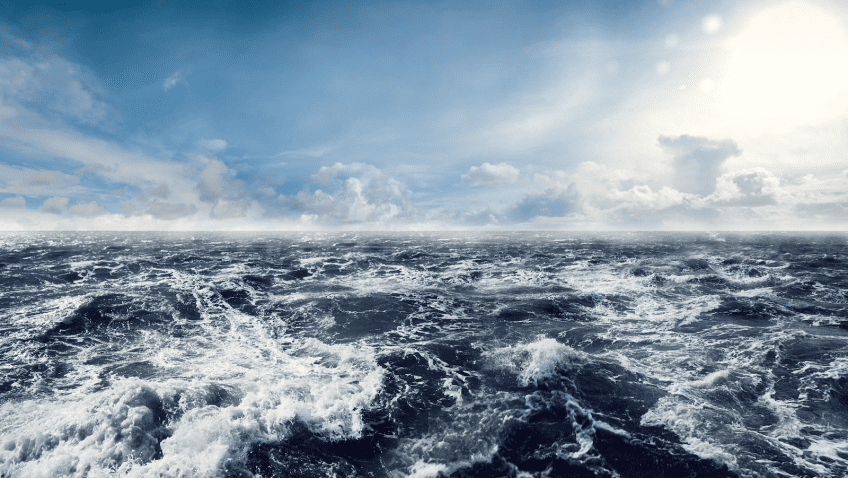New NOAA system ushers in next generation of hurricane modeling, forecasting
Originally published on noaa.gov on January 13th, 2025. Accurate forecasts and early warnings from NOAA’s National Hurricane Center (NHC) — a division of NOAA’s National Weather Service (NWS) — are vital to safeguarding communities that are in the paths of hurricanes and tropical storms. As we kick off the new year, now is the perfect time to look back […]


